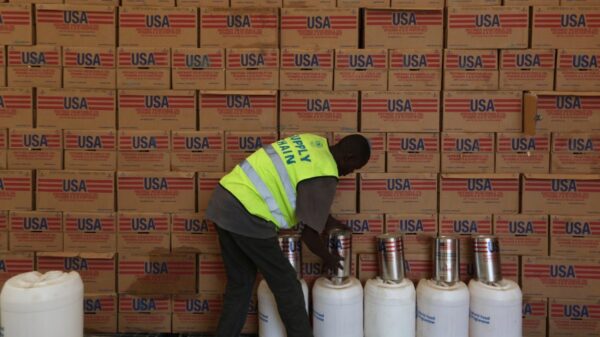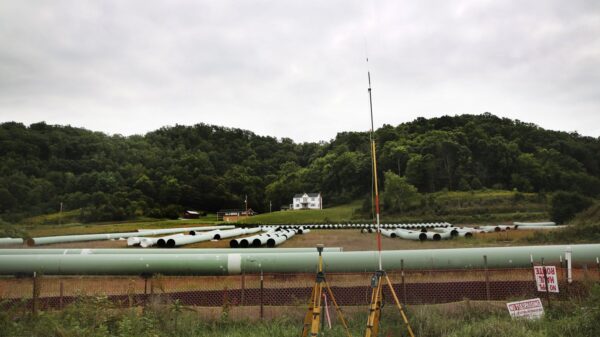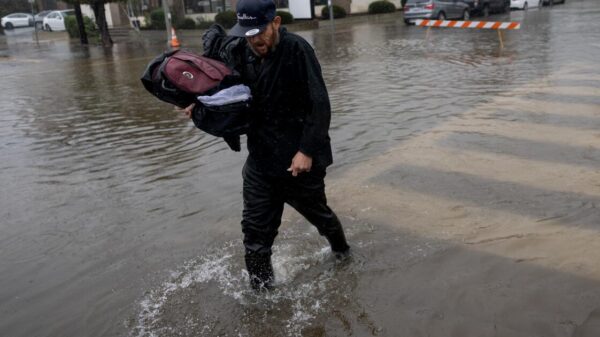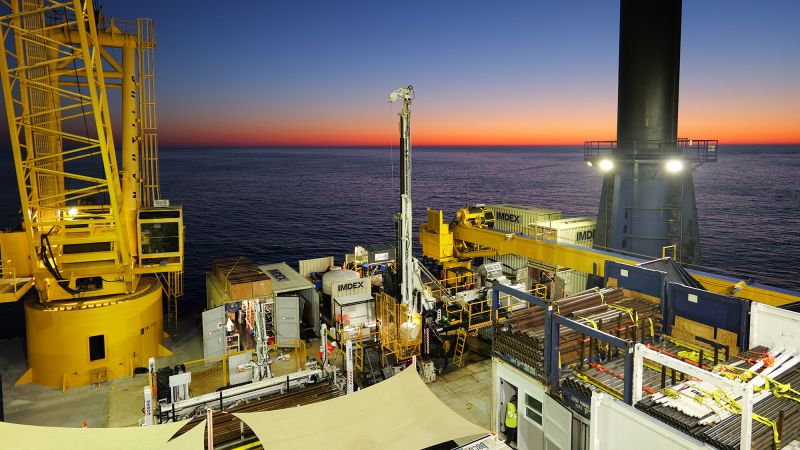BREAKING: Scientists have just announced a groundbreaking discovery of a massive reservoir of freshwater deep beneath the Atlantic Ocean, off the northeastern US coast. This urgent finding could hold vital implications for a world facing an escalating water crisis.
This summer, a team from the Woods Hole Oceanographic Institution and Columbia University, as part of Expedition 501, drilled approximately 1,000 to 1,300 feet below the ocean floor. They unearthed water with salinity levels significantly lower than seawater, raising hopes it could serve as a crucial freshwater source amid growing shortages.
The expedition set sail from Bridgeport, Connecticut, in May and spent three months gathering water and sediment samples. They confirmed the presence of a freshwater aquifer stretching from Massachusetts to New Jersey, previously mapped using electromagnetic waves in 2019. Researchers are now analyzing these samples to determine the water’s age, which could range anywhere from 200 to 20,000 years old.
“Knowing the age and origin of this water is critical,” said Brandon Dugan, a geophysics professor involved in the expedition. “It will help us understand whether this resource is being replenished or is a finite supply.”
The team aims to reveal the water’s origin, which may trace back to ancient glacial melt or rainfall when sea levels were significantly lower. “This research could reshape our approach to freshwater resources globally,” said Holly Michael, a professor of Earth sciences at the University of Delaware and expedition member.
The implications are staggering. Experts estimate that this aquifer could contain enough freshwater to supply a metropolis the size of New York City for hundreds of years. As nearly half the world’s population lives within 60 miles of the coast, this discovery could alleviate severe shortages for coastal communities facing contamination of onshore aquifers due to rising sea levels and over-pumping.
“Coastal water resources are becoming increasingly stressed,” Michael noted. “We must explore alternative sources, including these undersea aquifers.”
However, significant challenges remain. Transporting this heavy water to shore will be energy-intensive and costly. There are also concerns regarding potential contamination from the salty water surrounding these aquifers. Experts like Eric Attias from the University of Texas at Austin warn that careful management is crucial to ensure that offshore freshwater extraction does not harm existing onshore supplies.
Dugan remains optimistic, suggesting it could take around ten years before this underwater resource can be effectively tapped. “All the pieces exist,” he stated, emphasizing the importance of ongoing research.
As scientists await lab results over the next six months, the potential for new freshwater resources could reshape how we approach water scarcity globally. With evidence of similar offshore freshwater reserves on every continent, this discovery could mark a turning point in tackling the pressing issue of water shortages worldwide.
Stay tuned for updates on this urgent development, as the implications for coastal populations and water management strategies could be profound.


































































